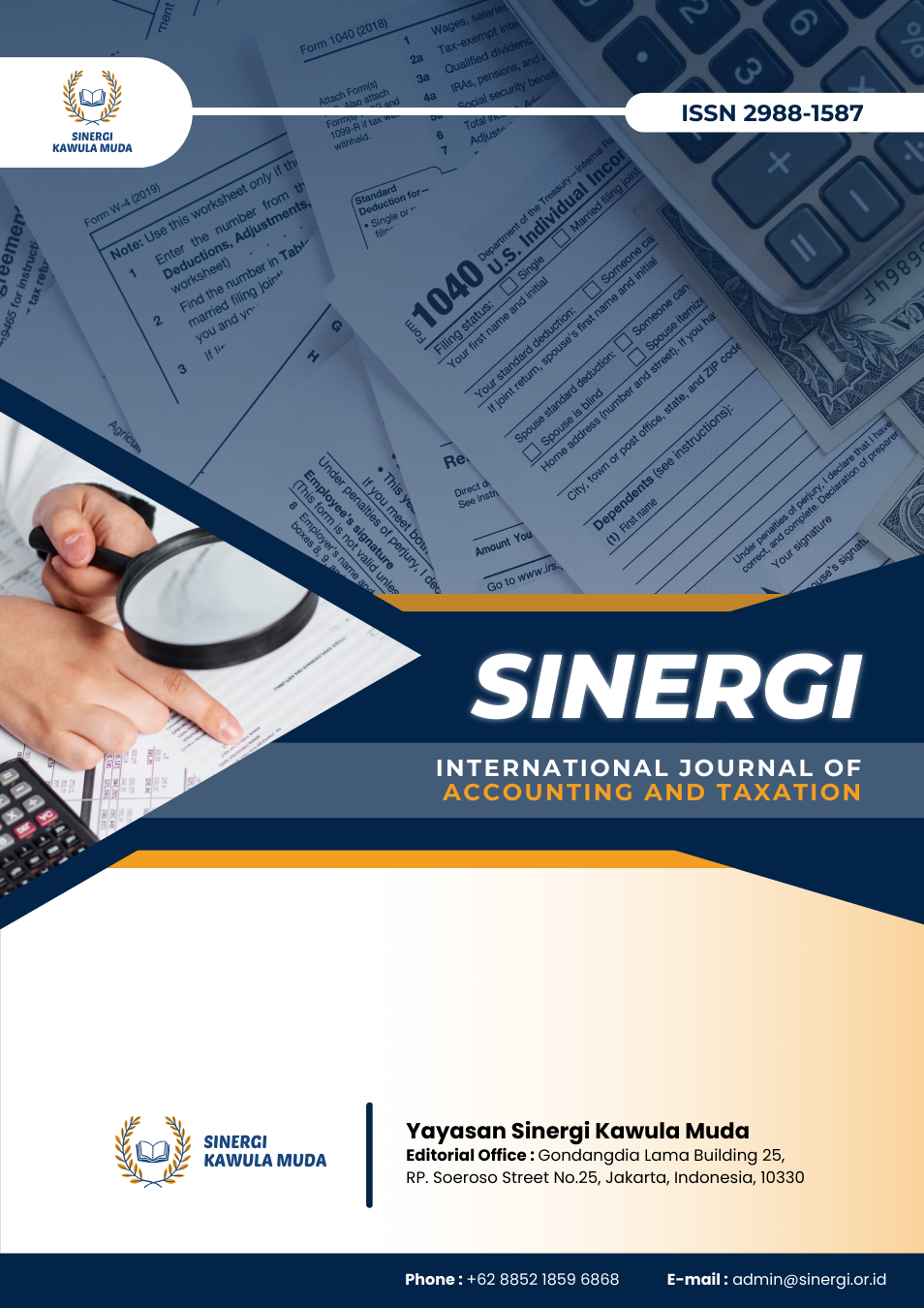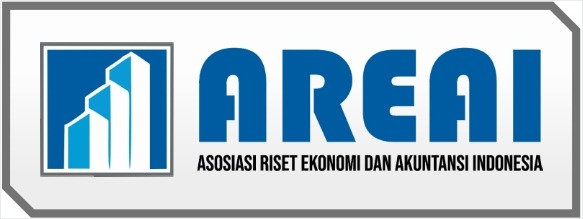Internal Audit Evaluation at the National Zakat Agency of Banjarmasin City Based on the Latest Decision
DOI:
https://doi.org/10.61194/ijat.v3i3.815Keywords:
Internal Audit of the National Zakat Agency, Regulations of the National Zakat Agency 2024, Internal ControlAbstract
Effective zakat fund management requires transparent and accountable governance. Internal audits play a crucial role in ensuring public trust and operational efficiency in zakat management organisations such as the National Zakat Agency of Banjarmasin City. This study aims to evaluate the implementation of internal audits at the National Zakat Management Agency of Banjarmasin City, with a specific focus on compliance with the recently issued National Zakat Management Agency Decisions No. 98 and 99 of 2024. Using a descriptive qualitative approach, this research collected data through questionnaires and interviews with 13 key informants, including leaders, internal auditors, and auditees. The results of this study indicate that, although the National Zakat Agency of Banjarmasin City has a strong formal internal audit structure, its practical implementation requires strengthening at all stages of planning, implementation, and follow-up. The main challenges identified include a lack of trust from operational units, the absence of a clear formal audit mandate, limited access to information, and difficulties in fully integrating audit practices into the organisational culture. Additionally, coordination issues in follow-up actions were also identified. However, the overall process of planning, establishing, implementing, evaluating, reporting, and following up on internal audits generally scored well (average 4.3–4.7 out of 5), indicating a positive foundation for the organisation.
References
Ansori, H. R., & Silvino Violita, E. (2025). Transparency and Accountability in Zakat Institutions. Eduvest-Journal of Universal Studies, 5. http://eduvest.greenvest.co.id DOI: https://doi.org/10.59188/eduvest.v5i6.51318
Bastian, N., Ardha, D., Riwajanti, I., & Haris, Z. A. (2025). Improvement of Business Process Modeling in Internal Audit Planning at an Indonesian State-Owned Enterprise. In Journal of Applied Accounting and Taxation Article History (Vol. 10, Issue 1). DOI: https://doi.org/10.30871/jaat.v10i1.8684
BAZNAS RI. (2019). Peraturan BAZNAS No. 2 Tahun 2019 tentang Tugas dan Wewenang BAZNAS 29012019-1.
Baznas RI. (2024a). Keputusan BAZNAS Badan Amil Zakat Nasional Republik Indonesia.
Baznas RI. (2024b). Keputusan Ketua Badan Amil Zakat Nasional Republik Indonesia.
Bonrath’s. (2024). The Impact of Audit Findings and Recommendation Follow-Up on Public Service Quality: An Empirical Investigation.
DPR dan Presiden RI. (2011). Undang-Undang No. 23 Tahun 2011. In Phys. Rev. E (Vol. 4, Issue 1).
Fadillah, N., & Prasetyo, M. (2024). The Impact of the Implementation of Sharia Accounting on the Financial Transparency of Zakat Institutions (Nazira Fadillah) The Impact of the Implementation of Sharia Accounting on the Financial Transparency of Zakat Institutions. DOI: https://doi.org/10.35335/0bcvvg33
Fadly M. Djubedi. (2015). Kajian Hukum Terhadap Keberadaan Lembaga Zakat di Indonesia Oleh: Fadly M. Djubedi 2.
Hadi, R. (2020). Manajemen Zakat, Infaq, dan Shadaqah di Badan Amil Zakat Nasional (BAZNAS) Kabupaten Banyumas. El-Jizya: Jurnal Ekonomi Islam, 8(2), 245–266. DOI: https://doi.org/10.24090/ej.v8i2.3750
Handayani, L., Ainun, B., Jurusan Akuntansi, P., & Negeri Banjarmasin, P. (2017). Evaluasi Laporan Keuangan Lembaga Amil Zakat (Laz) Poliban. In Print) Jurnal INTEKNA (Vol. 17, Issue 2). Online. http://ejurnal.poliban.ac.id/index.php/intekna/issue/archive DOI: https://doi.org/10.31961/intekna.v17i2.467
Kemenag. (2018). Keputusan Menteri Agama No 733 Tahun 2018.
Kemenag. (2023). Potensi Mencapai 327 T, Ini Tiga Fokus Kemenag dalam Pengembangan Zakat. Kementrian Agama Republik Indonesia. https://kemenag.go.id/nasional/potensi-mencapai-327-t-ini-tiga-fokus-kemenag-dalam-pengembangan-zakat-LobJF
Martias, A. (2019). Lemahnya Pengendalian Internal Berdamapak Terjadi Mark Up Biaya Pengawalan PT ALRSY. http://ejournal.bsi.ac.id/ejurnal/index.php/moneter DOI: https://doi.org/10.31294/moneter.v6i2.5719
MARYATI. (2020). Penerapan Audit Internal Pada Badan Amil Zakat Nasional (BAZNAS).
Moch. Arif Budiman. (2006). Transformasi Kelembagaan Pengelola Zakat di Indonesia (Perspektif Legislasi) (Issue 1).
PP RI. (2014). PP Nomor 14 Tahun 2014.
Rahmawati, F., Nazhifah Suryana, N., Gegerkalong Hilir, J., Parongpong, K., Bandung Barat, K., & Barat, J. (2024). Pentingnya Standar Operasional Prosedur (SOP) Dalam Meningkatkan Efisiensi Dan Konsistensi Operasional Pada Perusahaan Manufaktur D4 Administrasi Bisnis/Administrasi Niaga Politeknik Negeri Bandung. Jurnal Manajemen Bisnis Digital Terkini (JUMBIDTER), 1(3). https://doi.org/10.61132/jumbidter.v1i2.112 DOI: https://doi.org/10.61132/jumbidter.v1i3.112
Rieke Sri Rizki Asti Karini, S. E. , M. S., Rita Martini, Ms., & Degdo Suprayitno Dwi Sihwinarti, A. (2024). Buku Ajar Audit Manajemen. www.buku.sonpedia.com
Shamsuddin, N., & Suhaily Bakar, N. (2021). Influence of the Internal Audit Function Towards Zakat Performance (Vol. 4, Issue 1). DOI: https://doi.org/10.53840/ijiefer50
Soraya, N., Muda, I., & Sampetoding, E. A. M. (2023). Analysis of Challenges and Difficulties in Implementing Information Systems Audit: A Narrative Literature Review. Jurnal Inovasi Akuntansi (JIA), 1(2), 114–120. https://doi.org/10.36733/jia.v1i2.7753 DOI: https://doi.org/10.36733/jia.v1i2.7753
Statistik, B. P. (2024). Persentase Penduduk Miskin Maret 2024 turun menjadi 9,03 persen. Badan Pusat Statistik. https://www.bps.go.id/id/pressrelease/2024/07/01/2370/persentase-penduduk-miskin-maret-2024-turun-menjadi-9-03-persen-.html
Sugiyono. (2020). Metode Penelitian Kuantitatif, Kualitatif, dan R&D (Issue January).
Sumarlin, SE. , M. A. (2020). Kualitas Hasil Audit (Audit Internal).
The Institute of Internal Auditors. (2017). Effectiveness of Follow-Up on Performance Auditing Issues in Practice: A Governance Network Perspective.
’Ubaidillah, M., Azizah, N. ’Aini, Mahanani, F. N., & Khoiriawati, N. (2022). Auditing di Lembaga Zakat. Research In Accounting Journal, 2(5), 719–728. http://journal.yrpipku.com/index.php/raj%7C
Umiyati, U., Muhibudin, M., Habibullah, H., & Rini, R. (2023). Peran Audit Syariah dalam Meningkatkan Akuntabilitas pada Organisasi Pengelola Zakat. Jurnal Bimas Islam, 16(2), 313–342. https://doi.org/10.37302/jbi.v16i2.1076 DOI: https://doi.org/10.37302/jbi.v16i2.1076
Umor, S., Zakaria, Z., & Sulaiman, N. A. (2020). Effectiveness of Follow-Up on Performance Auditing Issues in Practice: A Governance Network Perspective. Asian Journal of Accounting Perspectives, 13(1), 1–25. https://doi.org/10.22452/ajap.vol13no1.1 DOI: https://doi.org/10.22452/AJAP.vol13no1.1
Yanti, H. B., Ardlillah, & Barlian Izza. (2024). The Impact of Audit Findings and Recommendation Follow-Up on Public Service Quality: An Empirical Investigation. Jurnal Ilmiah Akuntansi Dan Bisnis, 19(2), 278. https://doi.org/10.24843/JIAB.2024.v19.i02.p06 DOI: https://doi.org/10.24843/JIAB.2024.v19.i02.p06
Yolanda, F., Eko Pramono, S., & Hasbi Zaenal, M. (2020). The Effect of Internal Control, Information Technology and Audit on Good Amil Governance Practices: Evidence from BAZNAS Kalimantan, Indonesia. In International Journal of Zakat (Vol. 5, Issue 2). DOI: https://doi.org/10.37706/ijaz.v5i2.223
Yulistinawati, Sigit, & Sugiyarti. (2023). Relationship of Internal Auditor Independence, Internal Audit Effectiviness and Sharia Compliance (Case Study on Sharia Bank In East Java). DOI: https://doi.org/10.32938/ie.v5i4.6250
Downloads
Published
How to Cite
Issue
Section
License
Copyright (c) 2025 Rizky Fadhillah, Nadiah, Manik Mutiara Sadewa

This work is licensed under a Creative Commons Attribution 4.0 International License.






